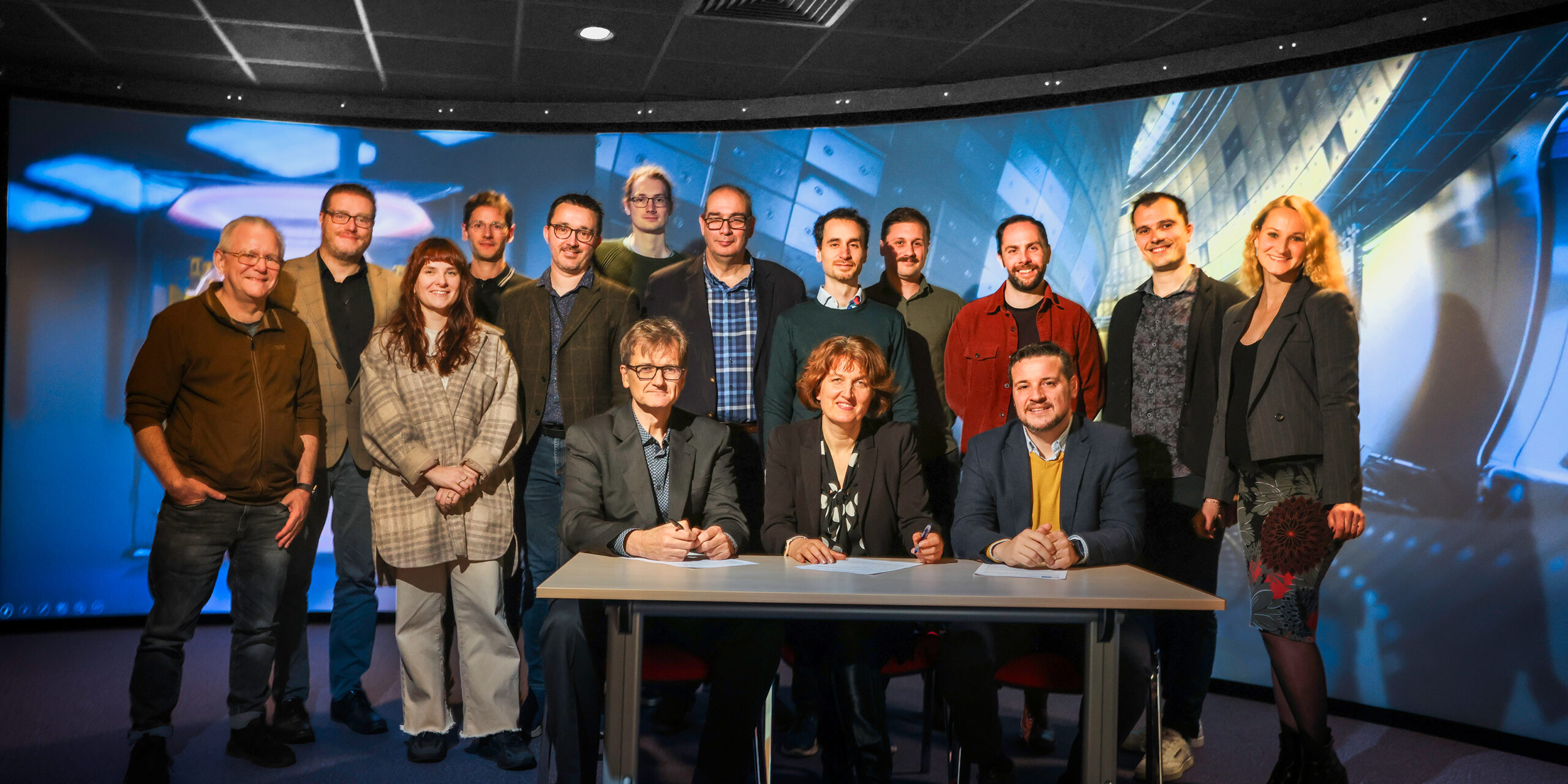About cookies on this site Our websites require some cookies to function properly (required). In addition, other cookies may be used with your consent to analyze site usage, improve the user experience and for advertising. For more information, please review your options. By visiting our website, you agree to our processing of information as described in IBM’sprivacy statement. To provide a smooth navigation, your cookie preferences will be shared across the IBM web domains listed here.
Industries
The next phase of digital reinvention in energy is on its way. Are you ready?
17 September, 2019 | Written by: Phil Spring
Categorized: Industries
Share this post:
Energy ecosystems and new business models may feel quite theoretical and distant alongside the pressures for today’s energy businesses.
However, we all intuitively know we have to go there and there has to be a whole system collaboration to enable the energy transition and go some way to mitigating the impacts of climate change.
The central reason for this is because we know that we’re heading to a world of massively distributed and connected energy assets. From your city, to your building, to your car, to your washing machine.
How we create ecosystems to actively connect and engage these new energy assets is the challenge and the opportunity of the moment.
The proposition is the ability for the long tail of distributed energy assets to participate in demand response or flexibility markets helping to deal with problems of intermittency, congestion or physical network issues.
There is also opportunity – how can some of the value created be shared with the owners of these assets – whether they are businesses or consumers. In exchange for small changes in behaviour, can this be done to allow you to drive your Electric Vehicle (EV) for free? Or to reduce your household energy costs?
To make this happen, the ecosystem assembles collaboration across, for example, monopoly networks businesses, energy retailers, system operators, EV Original Equipment Manufacturers (OEMs), aggregators, regulators, etc. In some cases, new organisations and ecosystem platforms, are needed.
Despite the challenges, organisations are making progress – ecosystems or markets are being created that are viable and we are moving from experimenting to scaling.
A few lessons.
An ecosystem does have to start with one founding member. They have to overcome the initial inertia of the present and have to bring an anchor – data, assets, capabilities, a burning problem, or even political or regulatory power.
An innate ability to scale matters. Scaling is difficult. With the right ecosystem partners, the possibility to scale should be inherent in their membership, with a roadmap to different asset classes and new services. The venture then becomes viable.
Start from the proposition for the participants not the platform. It’s extremely important to first of all understand what the proposition looks like for participants. It will determine the barriers you need to overcome and what your ecosystem platform will look like.
Understand the important role for blockchain. It’s a trusted version of the truth, available to all ecosystem parties, allowing them to operate in a far more complex environment, managed securely and with privacy at the core.
Determine the value exchange. How the benefits are dispersed across ecosystem players will drive volume and viability into the venture. Think about how to exchange value with owners of the energy assets, e.g. changing behaviour in return for lower charges.
Regulation is a key risk to making progress quickly. It’s not black and white. Conflicting drivers need to be resolved. Part of the resolution is exploring new ground and challenging the way things get done – which is an interpretation of regulation and codes.
There will be practical issues. In concept, connecting energy assets, such as EVs, all on the cloud should be easy and standardised. It’s not. Some are more open, some more closed and protected, and in some cases changing vehicle software can take time.
Yes, there will be platforms. But this is not a “winner takes most” situation, this is a federated approach of many overlapping platforms and ecosystems. It has to be accessible and open, with many organisations that must participate.
Oh, and by the way – digital technology makes all of this possible.
What can you do next?
If you would like more details or to discuss any of the topics raised in this blog, please contact Phil Spring
Or read more about how to make this possible:
The Cognitive Enterprise: Reinventing your company with AI

Phil Spring
Vice President for Environment, Energy and Utilities, IBM Europe
More Industries stories
By Col Chambers and Ed Gillett on 5 February, 2025
Preparing for the defence of the Realm
In light of current conflicts, the UK is now faced with real-world military decisions that will affect our immediate future. Ed Gillett and Col Chambers assert that industry and government must switch to a readiness mindset before the European post-war peace shatters. “My vision for the British Army is to field fifth-generation land […]
By Juan Bernabe Moreno and others on 12 December, 2024
Frontier Fusion: Accelerating the Path to Net Zero with Next Generation Innovation
Delivering the world’s first fusion powerplants has long been referred to as a grand challenge – requiring international collaboration across a broad range of technical disciplines at the forefront of science and engineering. To recreate a star here on Earth requires a complex piece of engineering called a “tokamak” essentially, a “magnetic bottle”. Our […]
By Nick Levy on 9 December, 2024
Safer Technology Change in the Financial Services Industry
Many thanks to Benita Kailey for their review feedback and contributions to this blog. Safe change is critical in keeping the trust of customers, protecting a bank’s brand, and maintaining compliance with regulatory requirements. The pace of change is never going to be this slow again. The pace of technology innovation, business […]





























